When I started with home cooking for myself, apart from my vast interest in knives from my early childhood, I made so many mistakes in selecting the right knife for the right use. For example, I used a paring knife to slice a loaf, not only did the slices not come out evenly but made the countertop messy. Many such similar experiences came my way which led me to start my research on kitchen knives and learn that different kinds of knives are used for different kinds of cuts.
Anyone who cooks can agree that the precision of your cuts matters when it comes to cooking. But with so many options available, how do you choose the best knife for those minor, intricate cuts?
There is no perfect knife for these types of cuts, but there are varieties depending on your
needs.
This blog guides you to the best knives for your delicate cuts. Pay close attention to their images, features,
and descriptions as you read. Before jumping right in, let’s take a quick look at why choosing
the right knife is essential
Why is the Right Type of Knife Important?
Choosing the correct type of knife is more than versatility, safety, utility, and efficiency. Here
are some reasons why you must choose the right knife:
Accuracy
Chopping vegetables or carving a detailed wooden design is fine. The right knife lets you make
precise, clean cuts.
Imagine what would happen if you tried peeling an apple with a large chef’s knife. It’d be
awkward and messy. You’d end up peeling out a large chunk of what you’re meant to eat and
be left with little or nothing.
Consistency
Using the right knife ensures consistency. For instance, you could use the flexibility of a fillet
knife to slice through fish. This allows you to make smooth and consistent slices, which
ultimately improves the aesthetics of your meal.
Reduced Risk of Injury
Almost all knife injuries happen when a knife slips during cutting. This can be caused by using a blunt knife or using the wrong knife. Ever tried carving up a turkey with a butter knife? Not only is this frustrating, but it’s also dangerous.
Using the right knife reduces the force you need to apply, lowering the risk of slips and cuts.
Grip and Control
All knives are designed for specific tasks. They come with handles and balanced blades that
provide better control. You’re less likely to hurt yourself if the knife you use feels like an
extension of your hand.
Efficiency
The right knife can significantly reduce the time you spend preparing your dish or carving your
wooden design. It saves you time and allows you to do more crucial work.
Using the correct knife requires less physical exertion. This automatically translates to better
efficiency and less stress.
Which Type of Knife Should Be Used for Small, Intricate Cuts
You can use different knives for various delicate cuts. From paring knives to boning knives, each knife is designed for delicate purposes, such as cutting, peeling, mincing, or dicing small pieces. Here are the different types of knives for intricate cuts:
Paring Knife
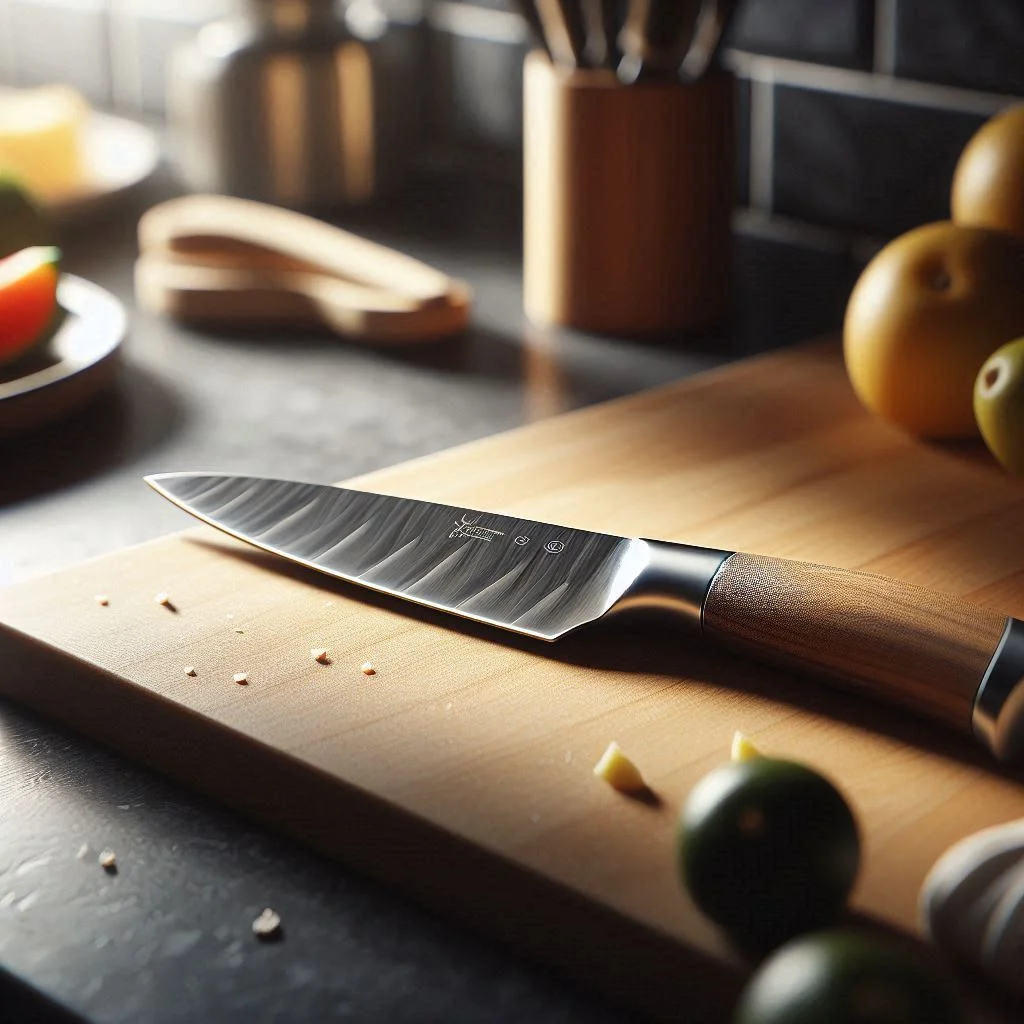
- Description: It is a small, short-bladed knife, usually about 3-4 inches long.
- Best For: Peeling fruits and vegetables, chopping, skinning, and making detailed cuts
- Why it’s Ideal: The paring knife is useful for minor, intricate cuts. It is small, razor-sharp, and provides excellent control.
Utility Knife
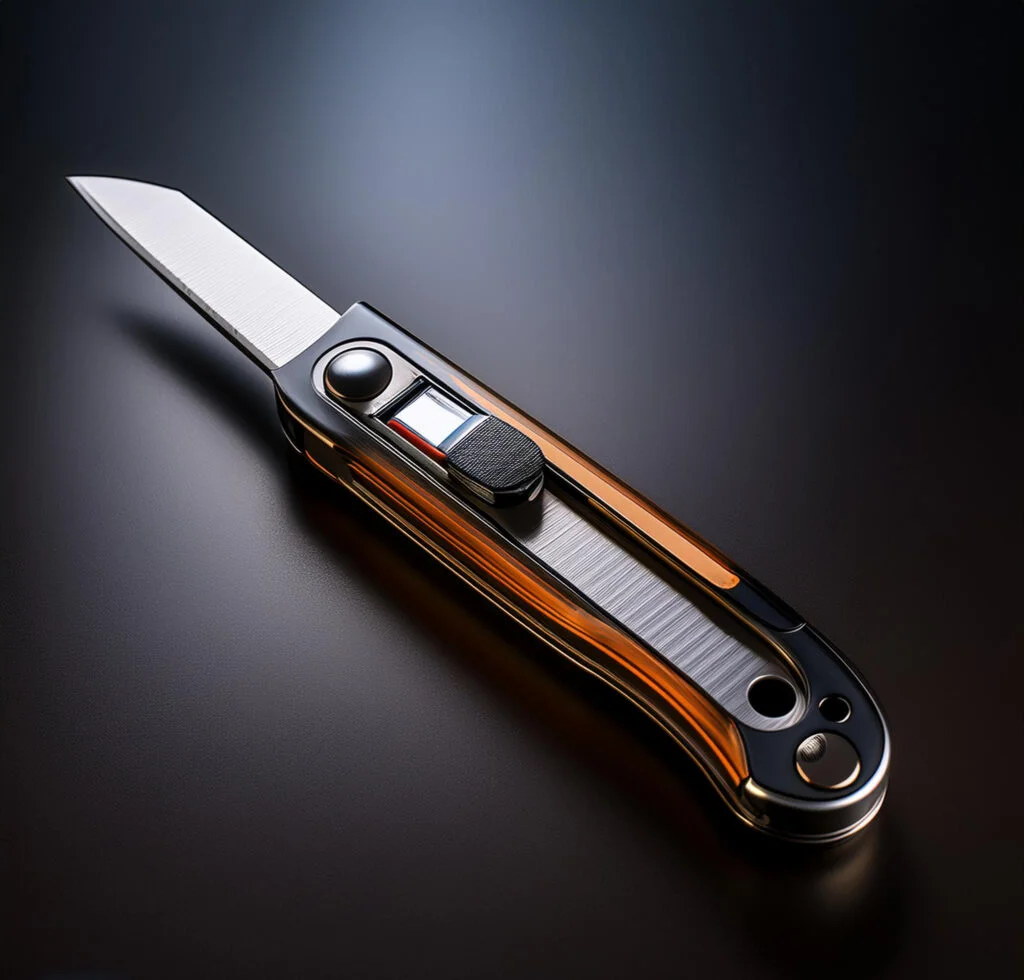
- Description: It is slightly larger than a paring knife, usually 6 inches long.
- Best For: Slicing, trimming, and other general tasks that are too big for a paring knife but too small for a chef’s knife.
- Why it’s Ideal: It’s the knife of all trades. You can use it for various detailed cutting tasks like trimming, carving, precision slicing etc.
Boning Knife
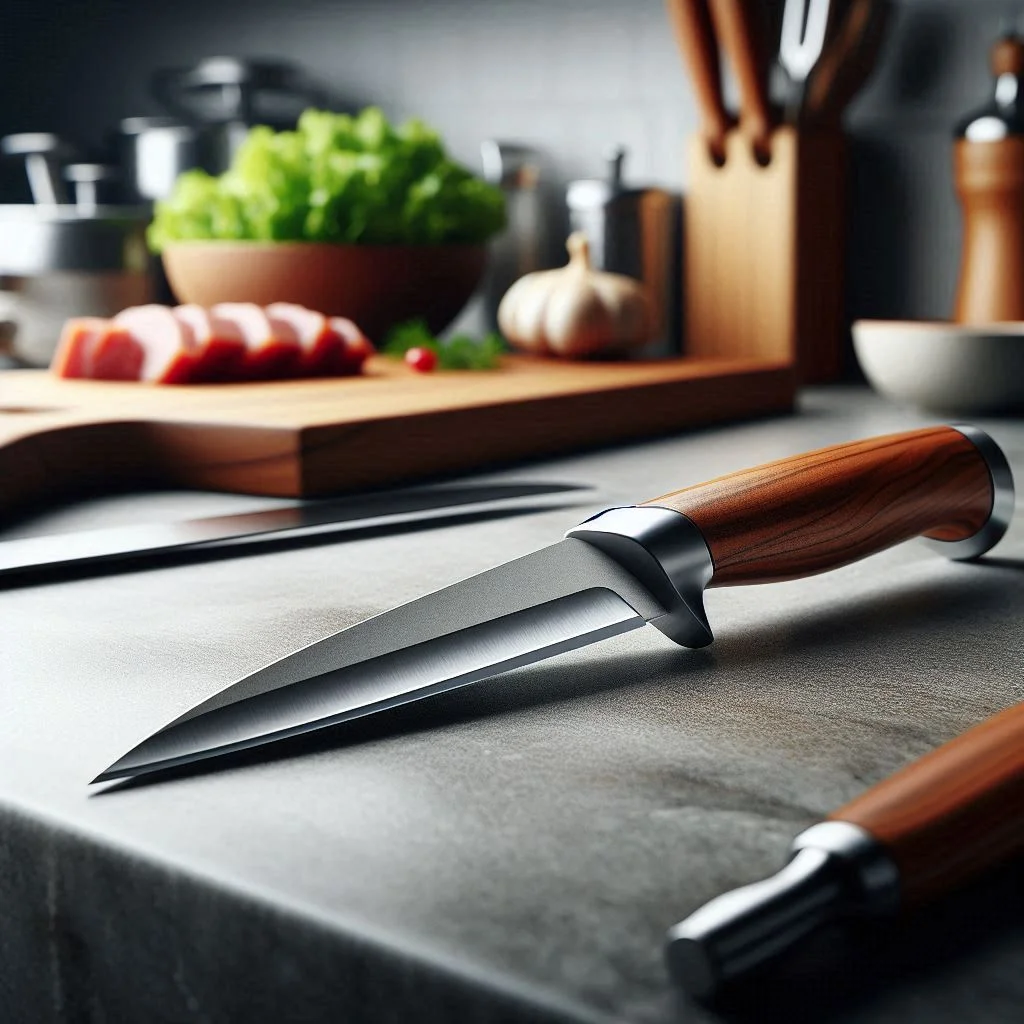
- Description: A knife with a sharp point and a narrow blade, usually 5-6 inches long.
- Best For: Cutting through muscle, ligaments, or fat. It is used to remove bones from meat, poultry, and fish.
- Why it’s Ideal: The sharp, pointed blade allows you to make precise cuts close to the bone.
Fillet Knife
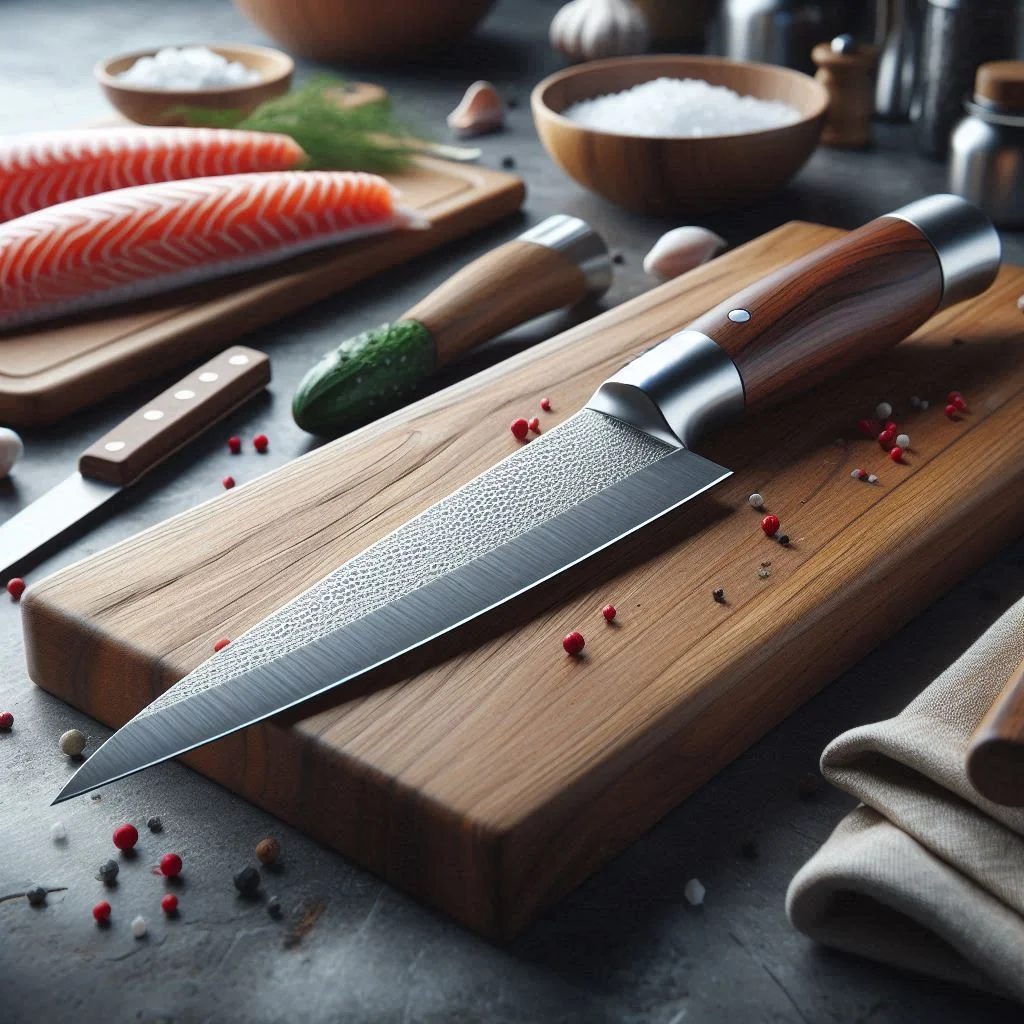
- Description: This is like a boning knife, but it’s usually more flexible and slightly longer, around 6-11 inches.
- Best For: Filleting fish, which means making precise cuts along the body of the fish to separate the meat from the bones.
- Why it’s Ideal: Its flexibility allows it to make delicate cuts. It closely follows the contours of the fish, allowing you to cut clean, precise fillets.
Bird’s Beak Knife (Tourné Knife)
- Description: It is a paring knife with a curved blade resembling a bird’s beak. It is usually 2 inches long.
- Best For: Peeling round fruits and vegetables and trimming.
- Why It’s Ideal: The curved blade is a perfect choice for precise peeling.
Knowing the type of knife to use for small, intricate cuts is not enough. You should also
familiarize yourself with how to use it.
Tips to Consider When Using Knives for Intricate Cuts
Always select a knife that can be used for the specific task you wish to use it for. For instance,
you can use a paring knife for peeling, a boning knife for removing bones, etc.
Apart from choosing the right knife for the job, here are some other tips to consider:
Keep Your Knives Sharp
We can all agree that a sharp knife is more efficient than a blunt one. Always remember to
sharpen your knives before using to maintain their edges regularly.
Use Proper Cutting Techniques
Learn and practice proper cutting techniques. For example, do not use the knife while
distracted, avoid catching a falling knife, and always place the pointy edge away from your
body.
Maintain a Clean Workspace
Avoid placing your knives in the dishwasher. Wash them with warm water and mild detergent.
Drying your knives immediately after washing them is advisable to avoid rust. You can also
sheath the blades to prevent accidents.
Hold the Knife Correctly
You might wonder if there’s a correct way to hold a knife. Well, there is. Grip the handle firmly
with your dominant hand and use your other hand to guide and stabilise the food. A proper grip
reduces the possibility of strain and enhances your precision.
Use Cutting Boards
Always use a stable cutting board to provide a safe and steady surface for cutting. This helps
prevent the knife from slipping from your hand.
Well, congratulations on making it this far. You’ve come a long way. Let’s quickly wrap up this
piece.
Conclusion
Remember that there are different knives for small and intricate cuts. Each knife has unique
designs and use cases, from the versatile paring knife to the specialized bird’s beak knife.
You can avoid precise and detailed cuts or injuries when you choose the appropriate knife,
practice good technique, and maintain your tools. So, next time you’re faced with cutting a
delicate item, you’ll know exactly which knife to use effectively.

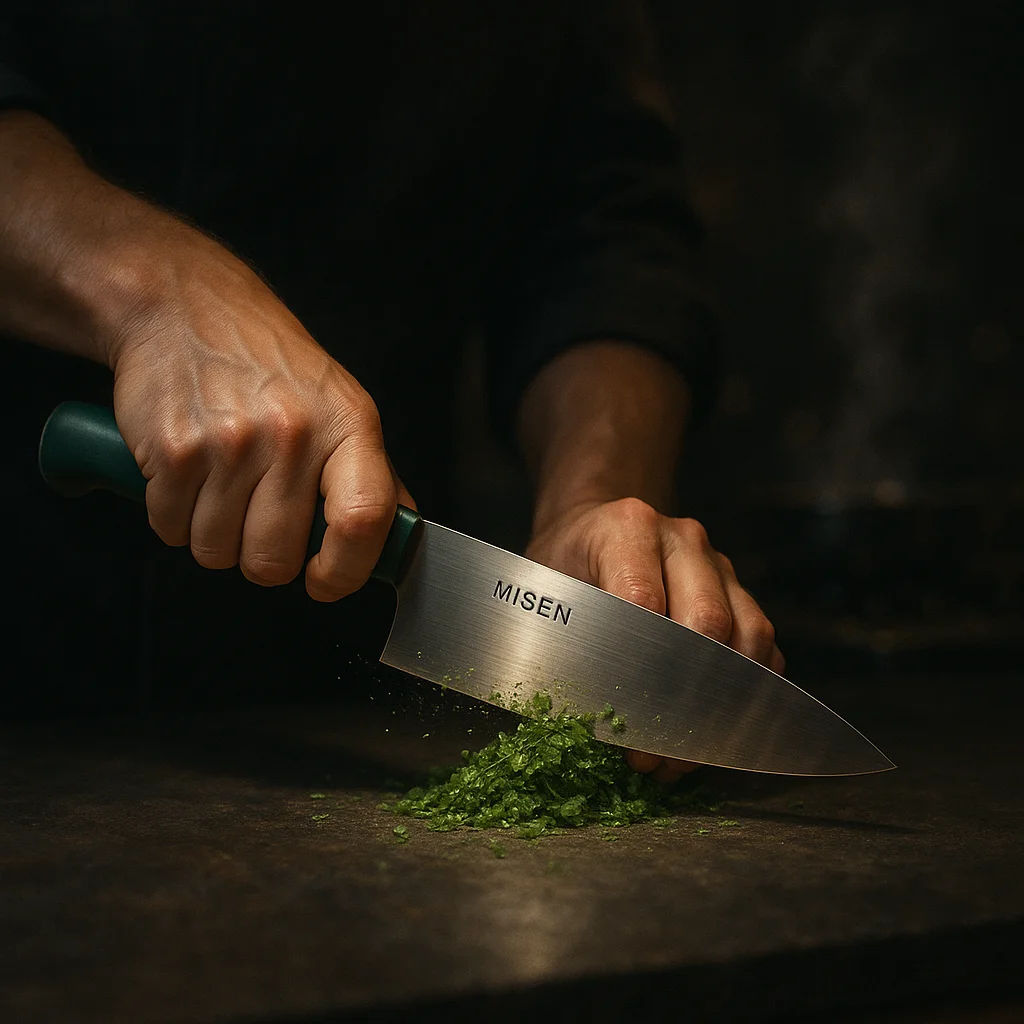
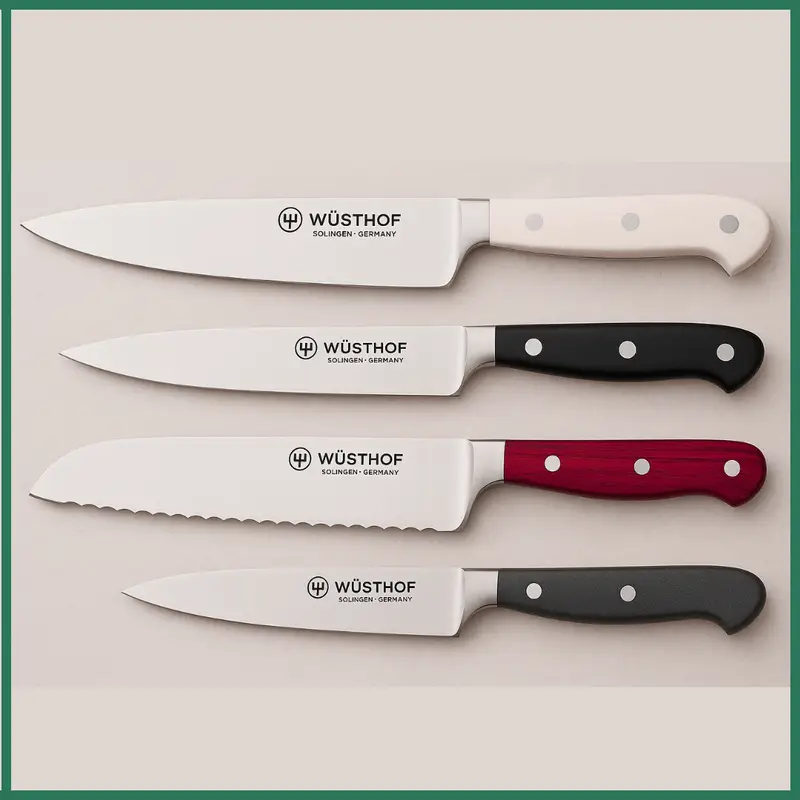
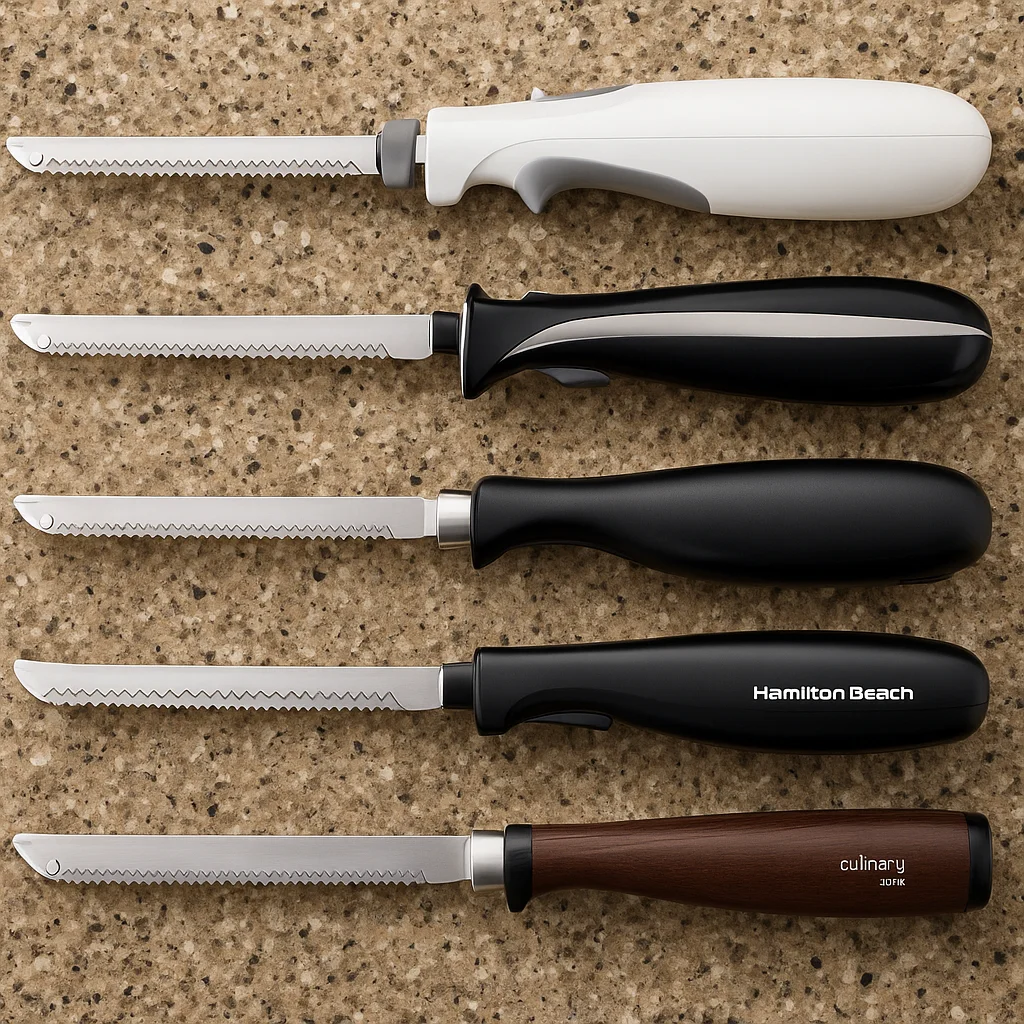
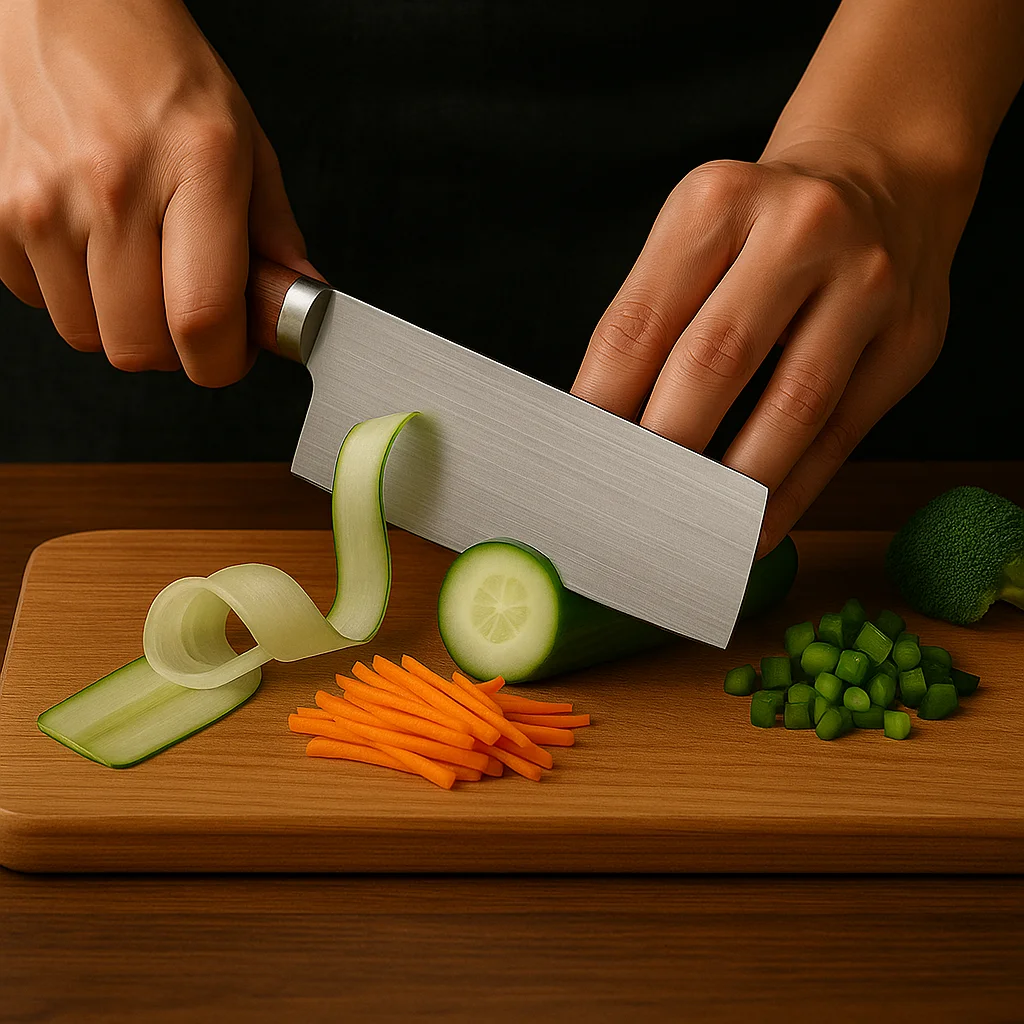
Leave a Reply